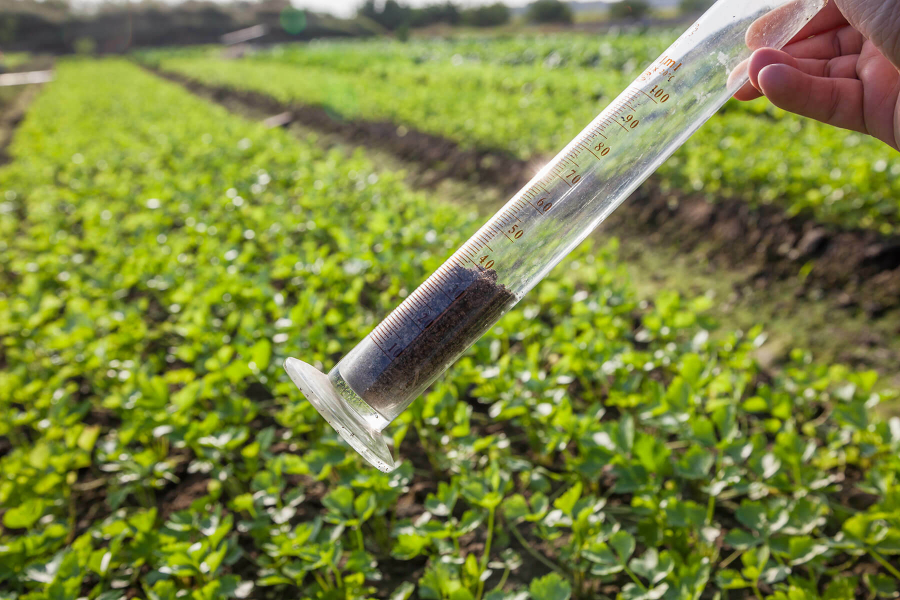Test Your Soil
A simple test can let you know what nutrients are in your soil, and what nutrients are lacking. Learn how to test your soil to help garden plants grow their best.

You may have heard the phrase, “It’s better to plant a $2 tree in a $25 hole than a $25 tree in a $2 hole.” The quality of a hole—or rather, the dirt in the hole—makes a huge difference in the health of a garden. But how do you know if your soil is healthy? A simple test! Learning how to test your soil can help your garden plants grow their best.
Why test your soil?
Plants need nutrients, just like our bodies. While it is easy to tell what we’ve eaten in a day, it is not so easy to see what nutrients our plants are taking in through the soil. A soil test can shed light on this mystery.
After learning what nutrients your soil is lacking or what nutrients it has in excess, you can work to stabilize it so your plants grow and remain healthy. This can also prevent you from using too much fertilizer, which can run off your yard and into storm drains, polluting water with nutrients that can harm plant and aquatic life.
While there are many do-it-yourself test kits on the market, we recommend sending a soil sample to a lab to get a more accurate reading. (Learn the difference between at-home kits and lab tests.) Here is a list of regional labs--including labs in Virginia, Pennsylvania and Delaware--that will accept your samples.
A step-by-step guide to soil sampling
- Identify the areas where you plan to grow something. You will take a separate sample for each plot or unique area in your garden (i.e., one sample for the vegetable garden, one sample for the shrubs by the mailbox, one sample for the lawn.)
- Get a trowel and a bucket. Make sure neither are rusty nor made out of galvanized (or zinc-coated) metal; this could interfere with your results.
- Scrape mulch and leaf litter from the surface of the ground.
- Dig out a wedge of soil six to eight inches deep and pour this soil into your bucket. Collect at least six more soil wedges within each plot or unique area in your garden. Use your trowel to mix the soil wedges together.
- Repeat the previous step in other areas of your garden. Be sure to keep the soil samples taken from each unique area in separate, labeled buckets.
- Gather one to two cups of soil from one of your buckets and pour into a heavy-duty plastic bag. Label the bag and repeat this step with the rest of your buckets of soil.
- Send your soil sample(s) to a local lab and wait to hear the results!
While we have provided you with a basic guide to soil sampling, be sure to check with the lab of your choice for more specific directions; procedures can vary from lab to lab.
When you get your “score” back, refer to this guide to interpret the results.
